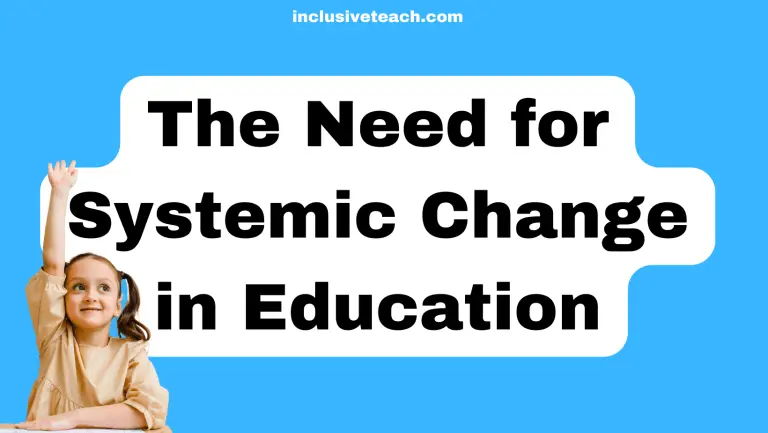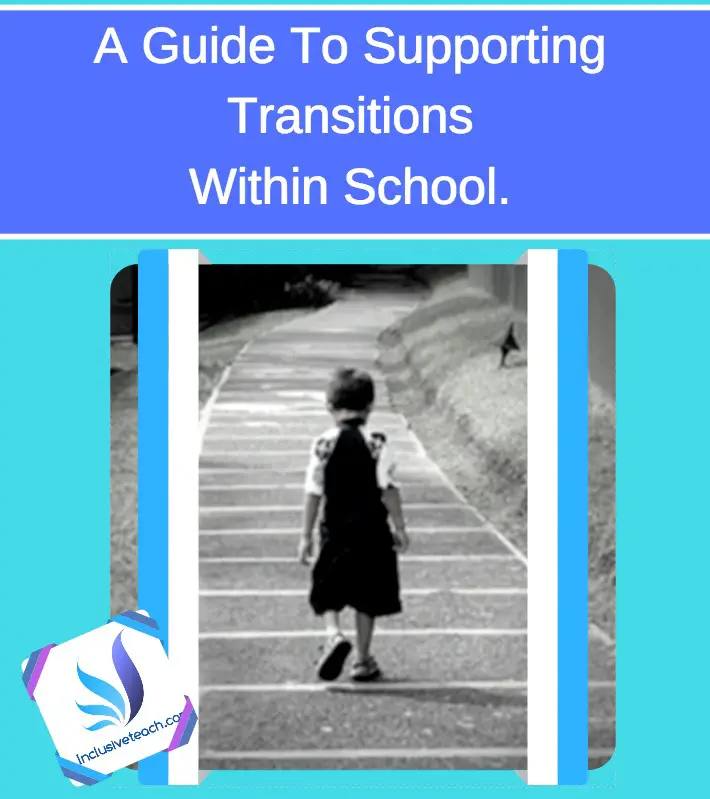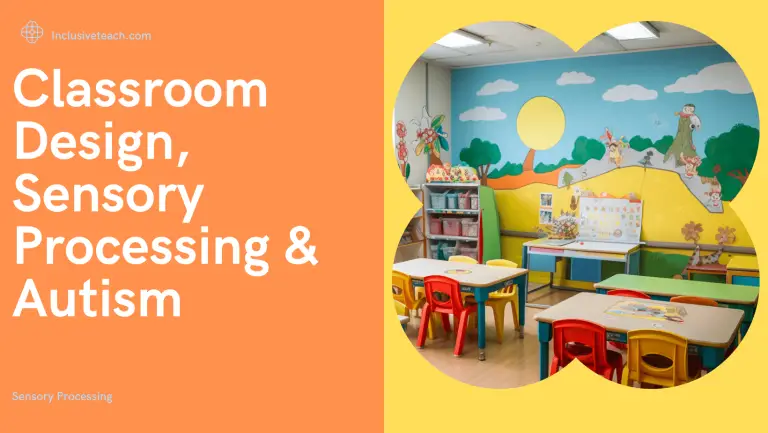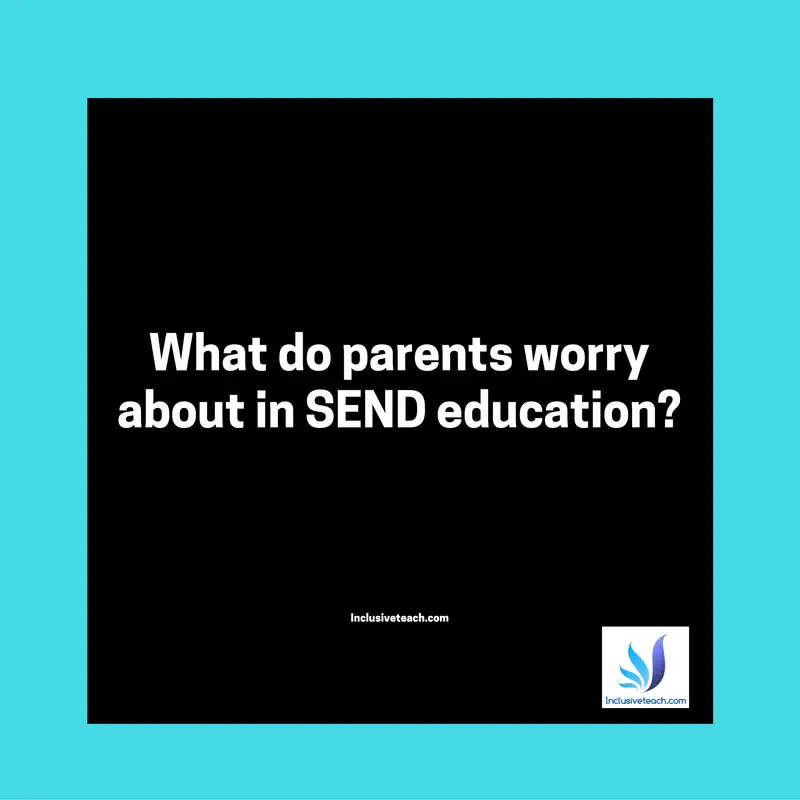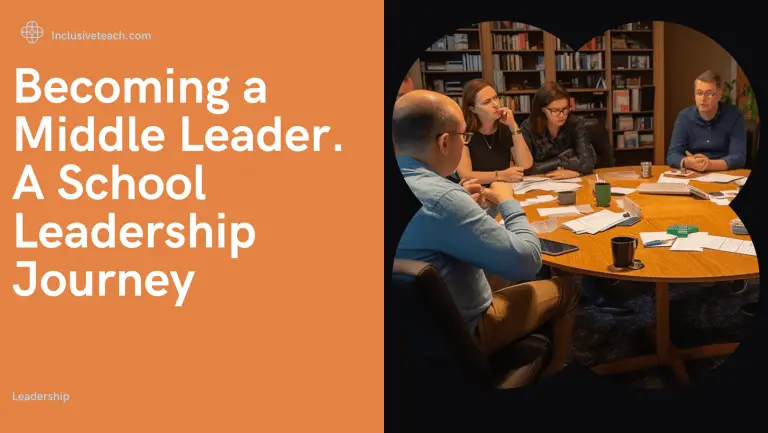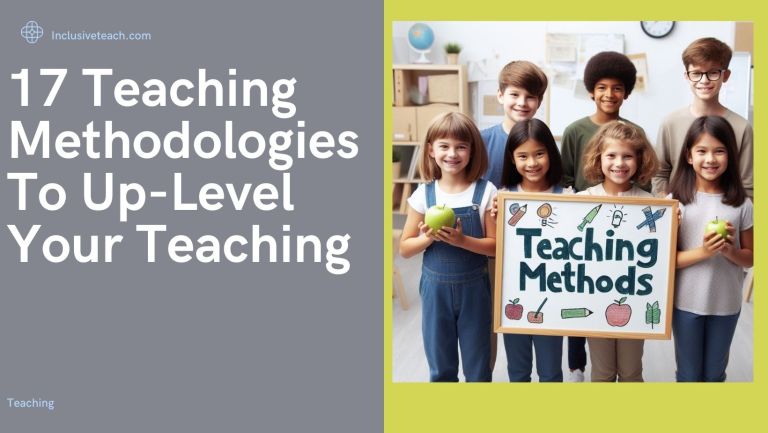Teaching Students with Language and Communication Disabilities
Teaching Students with Speech and Language Disabilities
Many young children face speech and language learning challenges and often enter school without proper language skills. According to a report from the U.S. Department of Education, 7.2 million students with disabilities in the 2020-21 school year were served under the federal Individuals with Disabilities Education Act (IDEA). That is approximately 15% of 49.4 million public school students in 2020-21.

A learning disability is a disorder in:
“the basic psychological processes involved in understanding or using language, spoken or written, that may manifest itself in an imperfect ability to listen, think, speak, write, spell or do mathematical calculations.”
The Importance of Addressing Speech, Language, and Communication Needs
It is important to address the speech, language, and communication needs of children with speech impairments. This would require the engagement of both education professionals and health practitioners.
Communicating with people is an essential life skill. However, for children with speech disabilities, developing adequate language skills can be a significant challenge. Language teaching plays an important role in helping them acquire this basic skill. Teachers have the potential to not only teach these children their mother tongue but to ensure it is part of their special education.
It is important to understand the impact of insufficient language training on special educational needs (SEND) students. As well as addressing the lack of awareness on the part of education policymakers and teachers as to the importance of language learning. It is important to stress the need to provide proper classroom facilities to ensure this type of learning is facilitated. Regular speech therapy, special training and a facilitative classroom environment can help teachers teach these skills appropriately.
Key Strategies to Facilitate Language Learning
Some key strategies that teachers can use to facilitate language learning and promote language proficiency include:
- Creating a classroom environment that ensures inclusivity. Every student should have the right to be listened to and voice their opinion. At the same time, we need to encourage students to respect and accept each other’s differences positively.
- Students with speech disabilities should be provided differentiated instruction, extra help, and support depending on their needs. This practice should be initiated right from kindergarten. This allows students with developmental speech disorders to have appropriate support from the beginning. Also, establishing the importance of inclusion early in a child’s life can help minimize negative bias against students with learning disabilities.
- Provide children with the opportunity to practice their speech and improve sounds. This is critical for their speech development. Teachers should be close to these students and regularly assess their speech and development to initiate learning strategies accordingly. For example, repeating certain phrases or paraphrasing challenging sentences/words for students who face difficulty could be very helpful.
- Teachers should promote and encourage conversations in class and ensure students with speech challenges are included in these conversations. This allows the student to practice and develop confidence when interacting and communicating with their peers. Promoting speaking and learning amongst students in the class can encourage students to correct mispronounced words. Teaching students to read out loud can also help in this regard. This may be better one-to-one to reduce anxiety.
- Strategies such as turn-taking, picture-matching, imitating vocalizations, naming objects and places, modelling, one-on-one learning, and games can also promote speech improvement and learning.
- Focus on the physical setup of the student’s work area. For example, ensuring proper seating, comfortable lighting without excessive glare, a quiet spot, and minimum technology-based distractions can help children learn better.
- Understand that some students may need extra time or one-on-one interaction to learn better. For example, children can be given cool-down time to transition in and out of learning mode. Visual schedules can help and provide relief from learning with fun activities or breaks. Students can also benefit from movement opportunities and physical activities.
Using Specialist Teaching Support
Teachers can also benefit from assistance and support from speech-learning professionals with specialised training in speech science, language development, and audiology. Teaching professionals with proper training can facilitate help implement the most effective strategies to support the needs of students with speech disabilities.
It is important to understand that teachers with inadequate training in working with students with speech disorders may not be able to provide the required support or understand the struggle and challenges these students go through. Often, teachers without the required certification or training can become frustrated or impatient with students with speech impairments. This can further discourage these students and lower their self-esteem and motivation to develop their language skills.
Many times, students with speech disabilities are enrolled in mainstream schools. The teachers assigned to them are not specially trained in speech training. Therefore they may not have the necessary skills and expertise to support them. This can result in speech and language development difficulties among these children.
Summary
Overall, it is evident that educational professionals play an integral role in developing speech and language skills for students with learning disabilities. We should not understate their contribution. Proper training for these professionals is imperative for the successful development of language and speech skills for students with learning disabilities.
References linked to teaching students with language and communication disabilities
Low, H.M. and Lee, L.W., 2011. Teaching of Speech, Language and Communication Skills for Young Children with Severe Autism Spectrum Disorders: What Do Educators Need to Know?. New Horizons in Education, 59(3), pp.16-27.
Gelston, D.J., 2004. Inclusion Classrooms: Students with Disabilities Interacting with Instructors and Able-Bodied Peers. Physical disabilities: Education and related services, 22(2), pp.11-28.
Nilholm, C. and Alm, B., 2010. An inclusive classroom? A case study of inclusiveness, teacher strategies, and children’s experiences. European journal of special needs education, 25(3), pp.239-252.
Yesmin, Q.F., Ullah, S. and Khan, M.E.I., 2020. TEACHING LANGUAGE TO THE SPECIAL CHILDREN: CHALLENGES AND POSSIBILITIES. Journal: EPRA International Journal of Multidisciplinary Research (IJMR), pp.406-410.
Dockrell, J.E., Howell, P., Leung, D. and Fugard, A.J., 2017, July. Children with speech language and communication needs in England: Challenges for practice. In Frontiers in Education (Vol. 2, p. 35). Frontiers Media SA.

